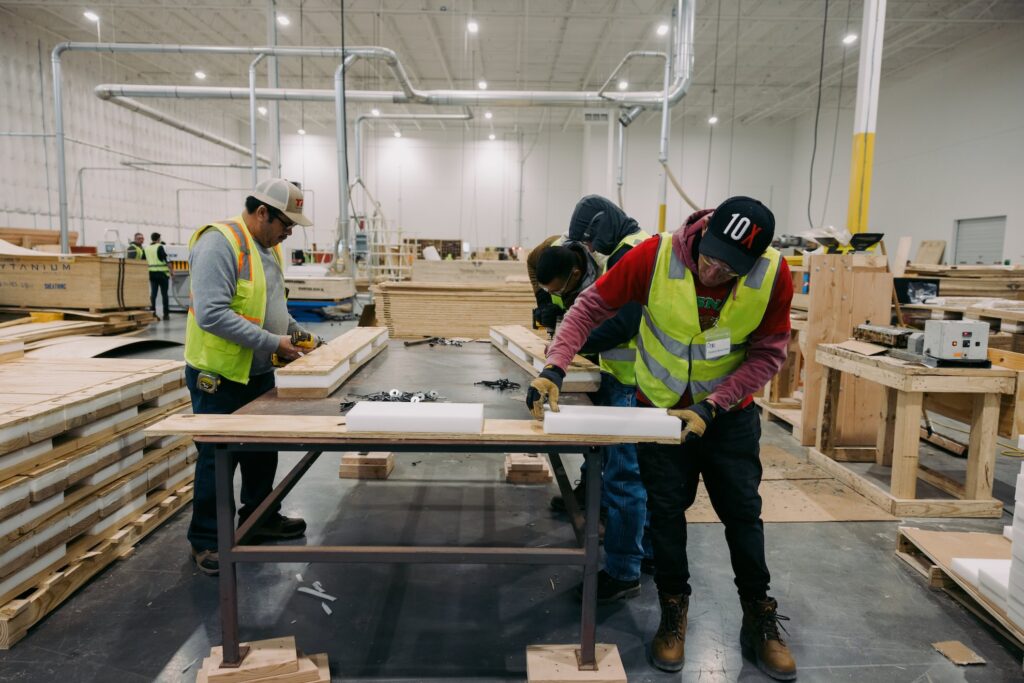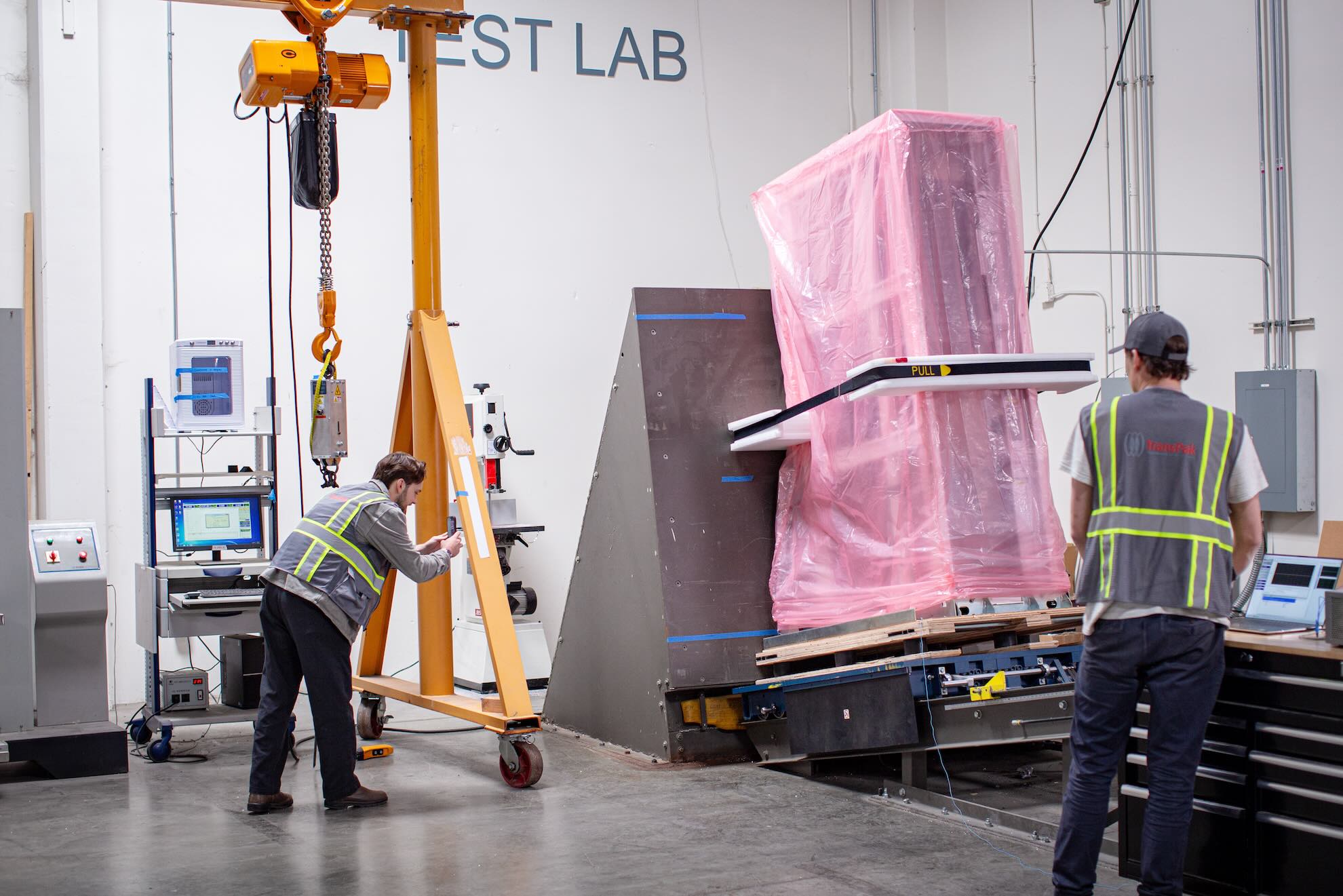Medical Device Packaging — What You Need to Know
When transporting medical equipment, packaging isn’t just about protection — it’s about precision. Medical devices are often high-value, highly sensitive, and subject to strict regulatory requirements. From initial crating to final delivery, every step must be engineered to safeguard the device’s integrity and ensure it arrives ready for use.
Here’s an overview of what’s required to package and transport medical equipment safely — and how Reid Packaging can help. In fact, Reid Packaging’s parent company TransPak has been providing packaging, crating, and logistics of lifesaving medical equipment for decades.
Packaging Requirements for Medical Device Transport
Medical device packaging must meet strict regulatory and performance standards to protect equipment during storage, shipping, and handling. Key requirements include:
- Durability: Packaging must withstand impacts, vibrations, and environmental changes without compromising the device inside.
- Sterility: For many devices, maintaining a sterile barrier throughout the transportation process is essential.
- Compliance: Packaging should meet regulatory guidelines such as ISO 11607 and, when needed, be compliant with export requirements.
- Testing: Packaging should undergo rigorous medical device packaging testing, such as ISTA-approved protocols, to ensure real-world performance. Learn more about packaging testing offered by our partners at TransPak.
Because medical devices are often highly fragile, high-value, or both, special considerations like anti-static protection, moisture control, and custom cushioning are critical.

Specialized Packaging Solutions for Medical Devices
At Reid Packaging, we build packaging solutions tailored to the exact needs of each device, including:
- Engineered Crating: We design custom crates using a variety of materials — including plywood, foam, plastics, and metals — to provide the right balance of strength, cushioning, and weight.
- Vapor Barrier Protection: Sensitive equipment is safeguarded against moisture and humidity with military-grade vapor barrier materials, ideal for long-term storage and overseas shipping.
- Static Electricity Protection: For electronics and delicate devices, we integrate anti-static materials to prevent electrostatic discharge damage during transit.
- Expedited Production: Need packaging urgently? We offer expedited production services to meet tight project timelines without sacrificing quality or compliance.
- Logistics and Warehousing Services: Beyond packaging, we can coordinate full logistics support, including storage, shipment scheduling, and inventory management, to streamline your operations.

Why Medical Device Packaging Testing Matters
All packaging solutions for medical devices should be validated through proper testing — including vibration, drop, compression, and atmospheric condition testing. Reid Packaging, in partnership with TransPak, follows ISTA-approved testing procedures to ensure that your devices are protected against the real-world stresses of shipping and handling.
Investing in tested, validated packaging upfront prevents costly damage, delays, and compliance issues later.
Trust Reid Packaging for Your Medical Equipment Transport Needs
Whether you’re shipping across the country or around the world, Reid Packaging delivers custom, compliant, and reliable solutions for medical equipment transport. Our experience in engineered crating, vapor protection, anti-static solutions, and rapid production timelines means your devices are in expert hands — from factory to final destination.
Need expert support for your next shipment? Contact us today to discuss a custom solution built to protect what matters most.

